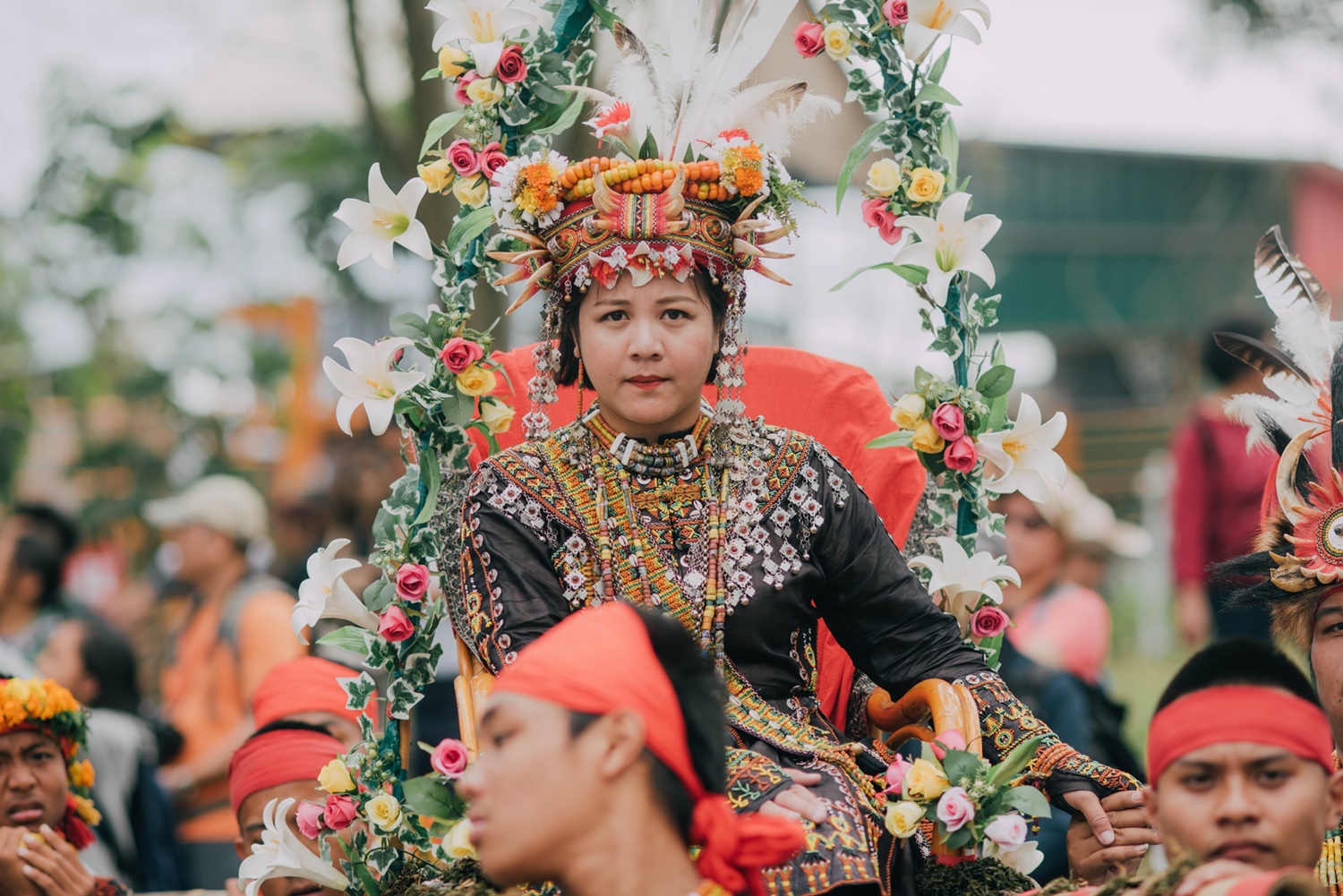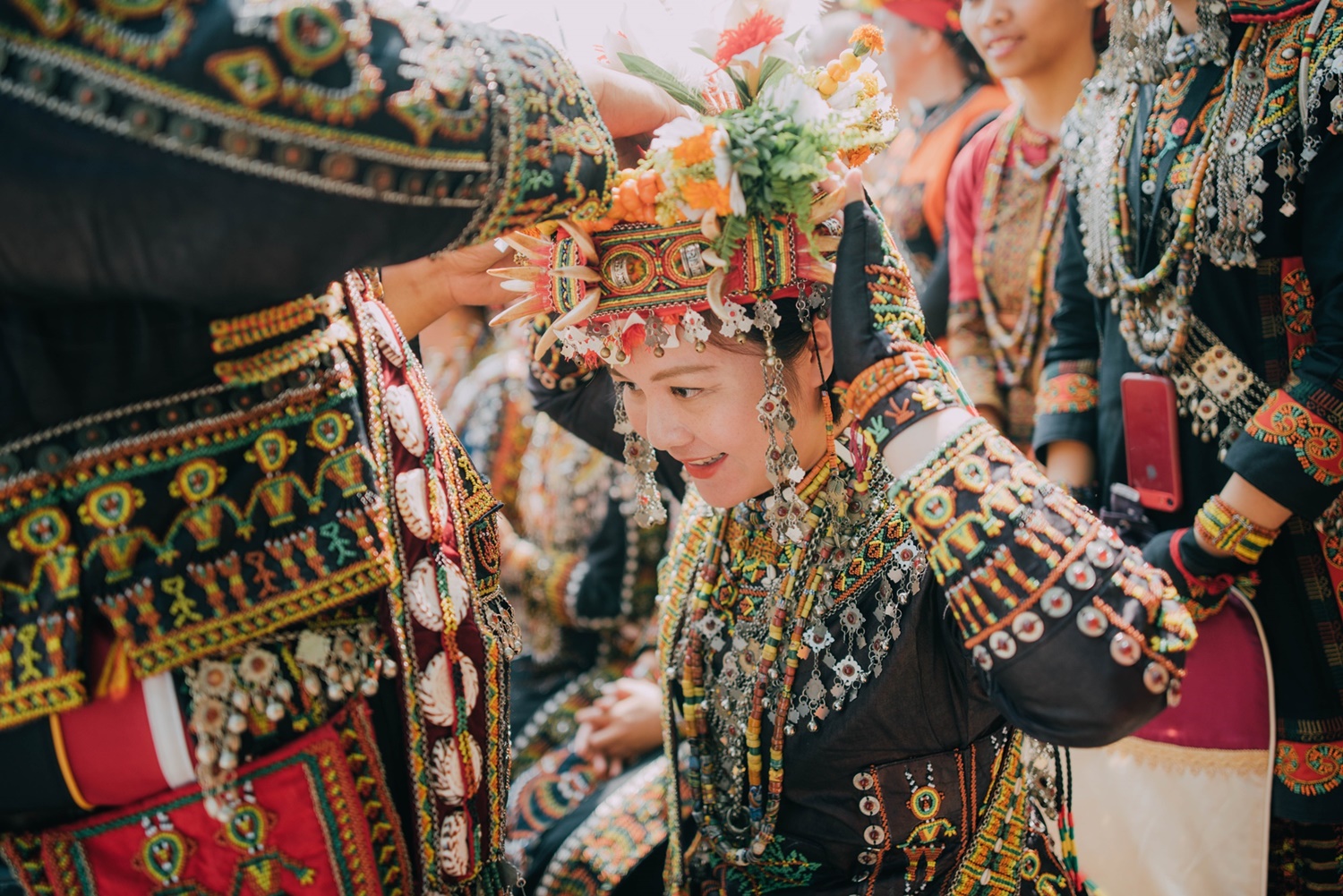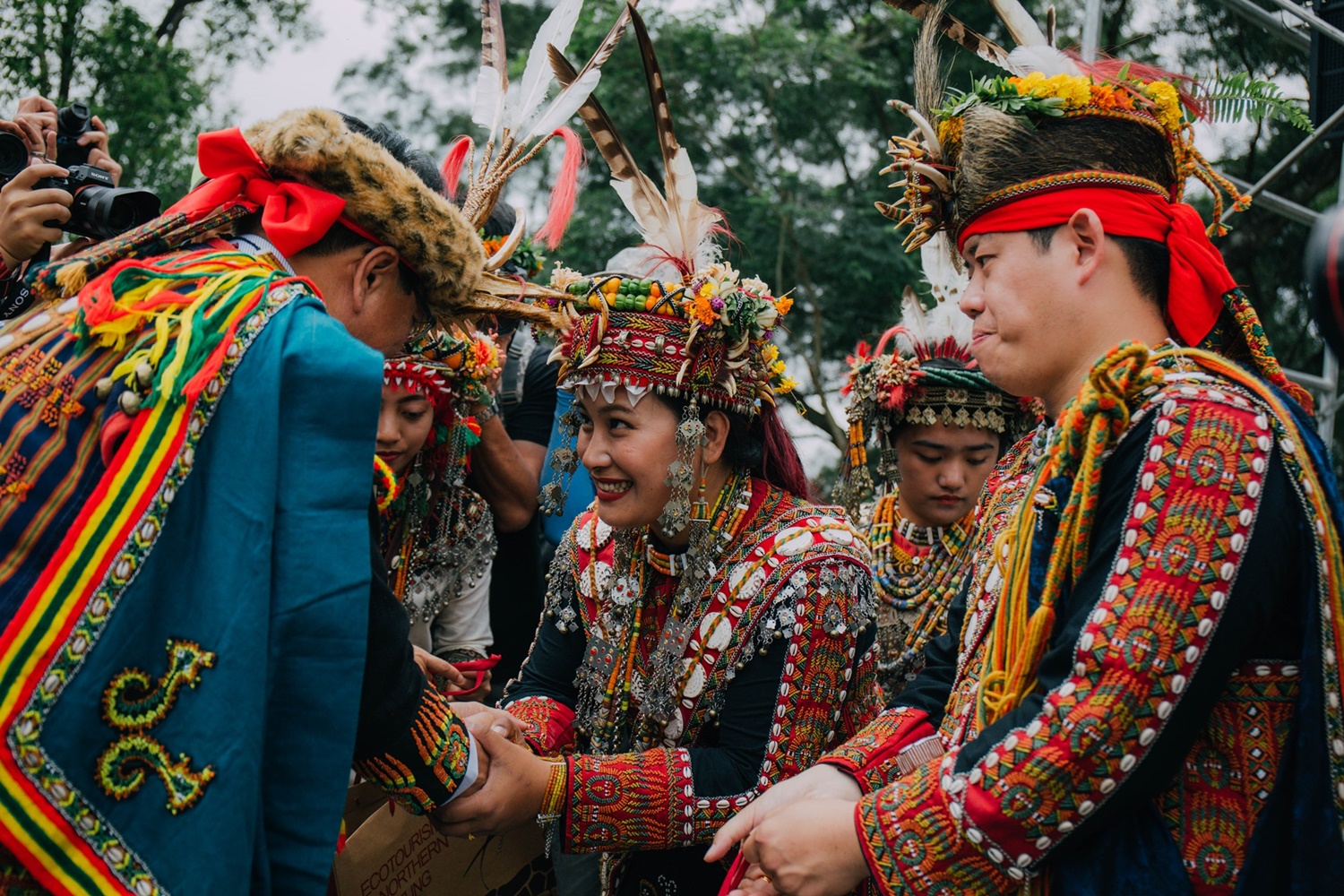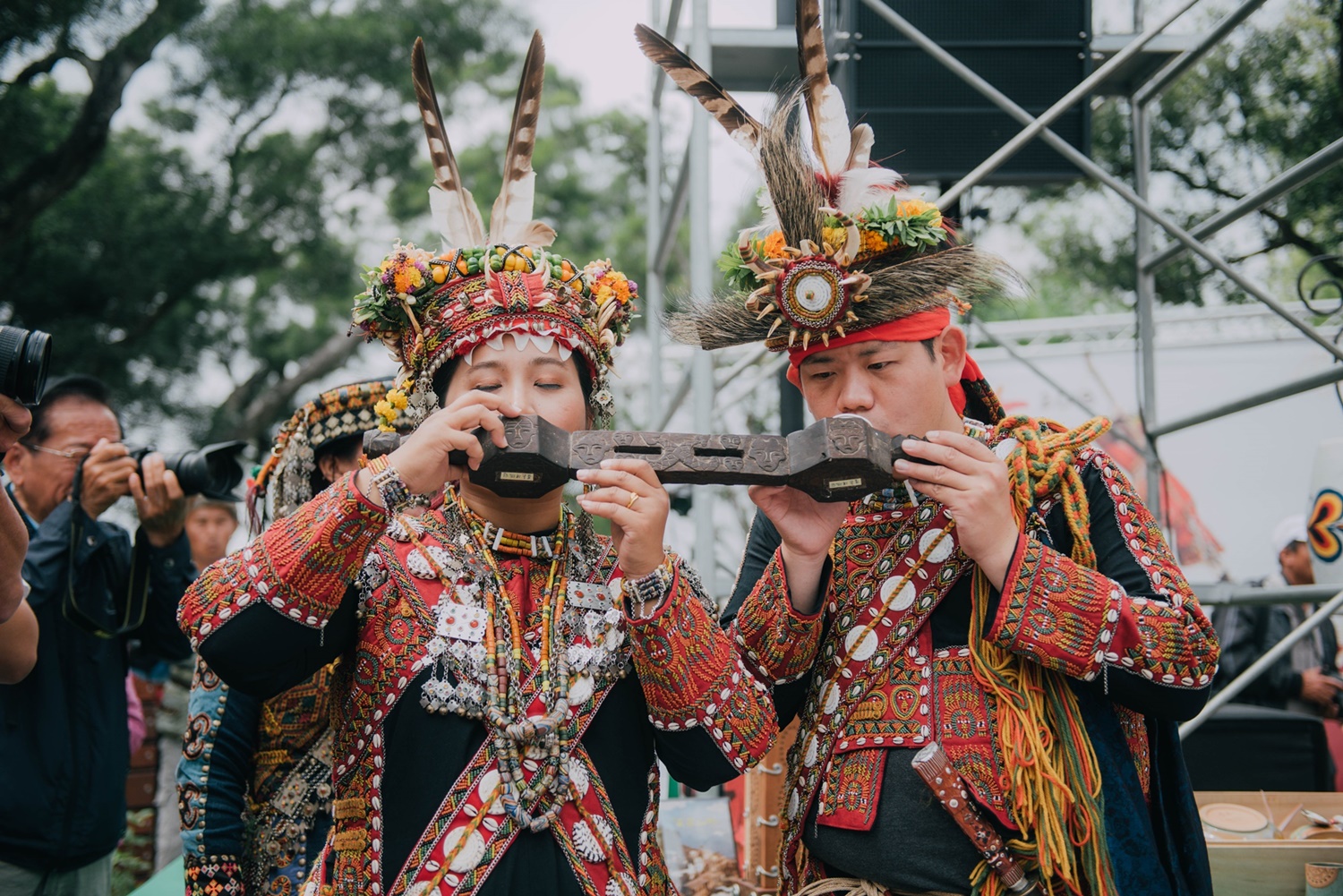About the Wedding
Austronesian Weddings
The Austronesian Wedding is an event organized by the Maolin National Scenic Area Administration, showcasing the indigenous cultures of the region. It incorporates the aristocratic wedding traditions of Paiwan and Rukai in the three townships of Northen Pingtung—Majia, Sandimen, and Wutai.
Rukai Wedding
A wedding holds significant importance for the Rukai people. On a personal level, it represents a profound life experience. Through the act of getting married, an individual's status within the tribe is elevated. Additionally, marriage serves as a unifying force, not only bringing two individuals together but also establishing connections between nuclear and extended families within the tribe. Moreover, it can contribute to the formation of alliances between different tribes. Weddings may even play a role in shaping social and moral norms within the community.
The Rukai tribes function within unique social hierarchies, and this becomes particularly pronounced in the context of weddings. Notably, aristocratic weddings are required to prominently showcase the status and honor of the two families involved, and at times, even the respective tribes. Consequently, attending the wedding of a Rukai tribal chief, known as "talialalay," is akin to participating in a grand networking event that brings together various families and tribes.
| Step | Action | Description |
|---|---|---|
| 1 | Visitation 【lrikapa】 |
The initial visit of the groom to the bride's family. |
| 2 | Marriage Proposal 【kidrekase】 |
The spokesperson for the groom (or the so-called matchmaker) visits the bride's family to propose marriage. The more friends and relatives from the groom's side attending, the more it signifies popularity and sincerity. Importantly, elders from both the bride and groom's families must participate in the negotiations. |
| 3 | Dowry Arrangement 【sabadhane】 |
The groom, in accordance with the discussed dowry arrangements during the marriage proposal, presents the agreed-upon dowry items on-site. If there are no omissions or errors, the dowry ceremony is considered complete. The content of the dowry ceremony also serves to highlight the dignity and honor of the bride's family. |
| 4 | Wedding Ceremony 【karudrange】 |
Upon completing the agreed-upon dowry items and conducting an on-site inspection for any omissions, the dowry ceremony is considered concluded if there are no errors. The content of the dowry ceremony also serves to showcase the dignity and honor of the bride's family. Following the above customs and upon confirmation by the tribal customs committee that everything is accurate, the distinguished Rukai wedding proceedings are successfully completed. |
Paiwan Wedding
In addition to the evident social class system, the Paiwan people primarily adhere to a system of inheritance based on the eldest heir. Only upon completing the marriage ceremony can an individual be integrated into the familial structure and officially attain the status of an "adult" within the tribe. This signifies that after the wedding ceremony, one becomes a recognized member of the household and is eligible for the allocation of family property and living resources. It is only at this point that individuals gain autonomy in farming and harvesting.
According to the oral narratives passed down by the elders, in traditional tribal societies, an unmarried man of marriageable age would undertake village patrol duties every evening. He would continue this practice until he got married. Only after entering into matrimony could he reside with his spouse in their own home, embracing the warmth of family life.
The traditional Mamazangilan wedding ceremony of the Paiwan tribe is highly intricate and rigorous, and remarkably, this ceremony continues to be preserved and practiced by the tribe into the 21st century.
| Step | Action | Description |
|---|---|---|
| 1 | Visitation 【kivala】 |
The initial visit of the groom to the bride's family |
| 2 | Wedding Discussion 【mazepzep】 |
The elders from both the groom and bride's sides engage in discussions regarding the traditional wedding ceremony format and dowry arrangements. |
| 3 | Marriage Proposal 【tjemuljinga】 |
Based on the discussions during the marriage proposal, the dowry arrangements are finalized, and the marriage proposal is formally conducted. |
| 4 | Vertical Swing Set-Up Ceremony 【palizuk】 |
The vertical swing frame ceremony in the wedding highlights the symbolic representation of the bride's social status. |
| 5 | Dowry Arrangement 【paukuz】 |
The groom, in accordance with the discussed dowry arrangements during the marriage proposal, presents the agreed-upon dowry items on-site. If there are no omissions or errors, the dowry ceremony is considered complete. The content of the dowry ceremony also serves to highlight the dignity and honor of the bride's family. |
| 6 | Wedding Ceremony 【pucekelj】 |
Upon the completion of the aforementioned customs and confirmation by the tribal customs committee, the ceremonial dance commences. This symbolizes the successful execution of the Paiwan dignified and intricate wedding proceedings, marking the completion of the wedding ceremony. |
In the 17th year of bliss, the Austronesian Wedding fosters profound love as couples join hands to weave a lifetime of happiness.
The "2024 Austronesian Wedding" is poised to take place in the vibrant MaJia Township of Pingtung County. Guided by the traditional wedding rituals inherited from the Paiwan tribe, it will bear witness to each couple's commitment to love. Beneath the protective embrace of Dawu Mountain, they will make the most significant choices of their lives, and their vows will serve as eternal testimonies of emotion and blessings.



